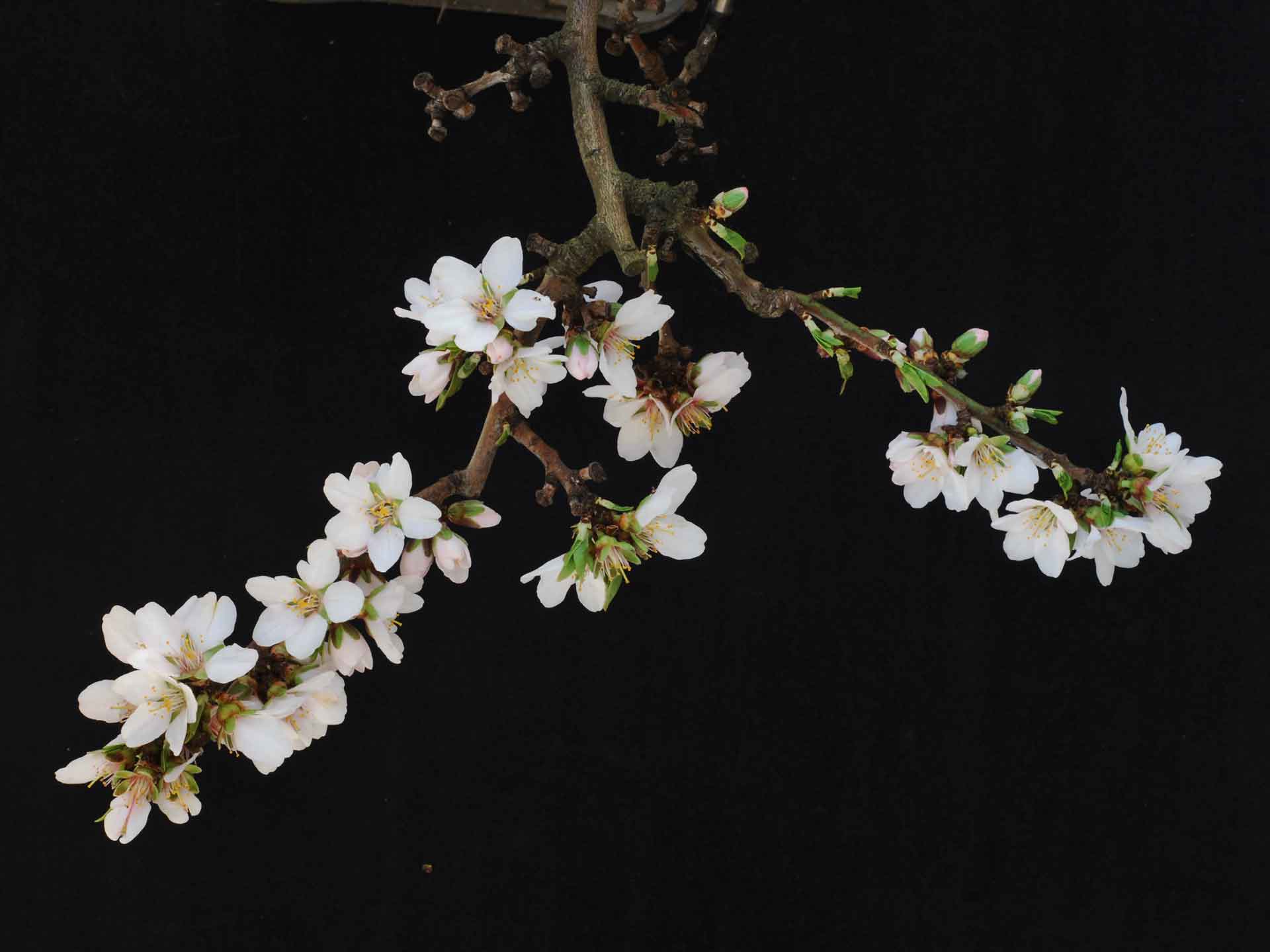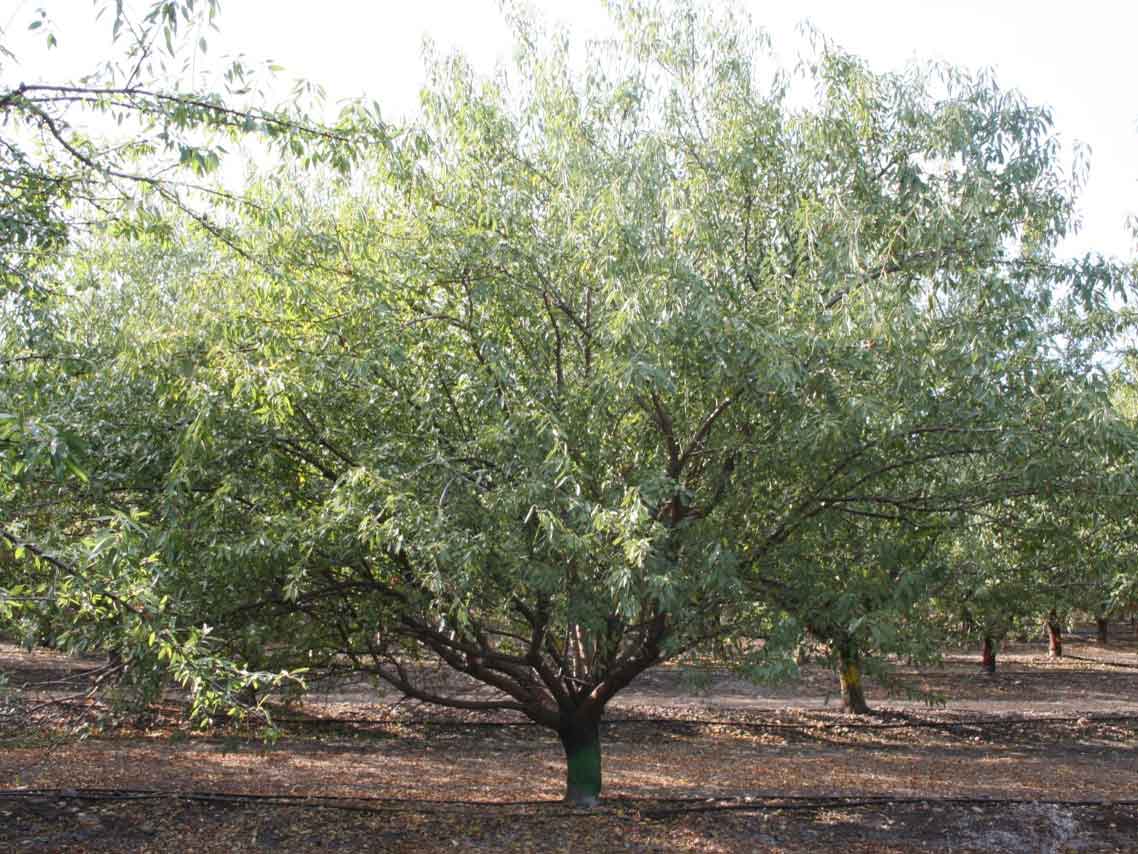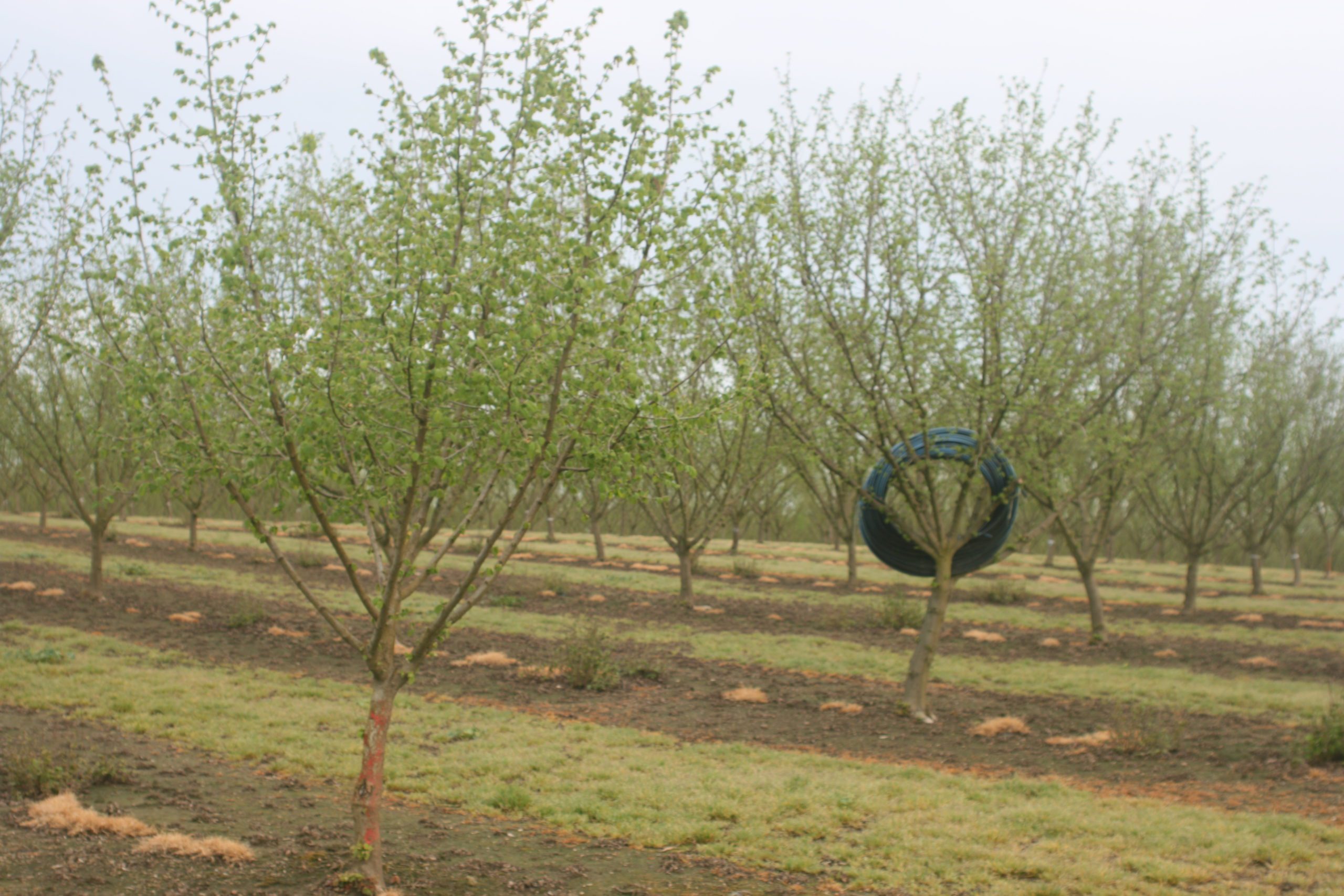There are some compelling reasons why almond growers should foster spider mite predator populations in their orchards.
These beneficial insects occur naturally, are cost-free and do not have residues or require preharvest intervals.
Sudan Gyawaly, a UCCE area integrated pest management advisor and applied entomologist, said when present in sufficient numbers, predators can suppress spider mite populations and reduce or delay the need for miticides.
In a presentation at the annual Nickels Soil Lab field day, Gyawaly said that from May through August, monitoring of predator presence should be done weekly.
Spider mites thrive in warm, dry conditions. They feed on leaves, causing damage that leads to leaf drop. In high numbers, they can cause severe defoliation during the summer. High numbers of mites can cover trees with webbing. Loss of yield and reduced vegetative growth can be experienced the next growing season.
Mites reproduce rapidly during warm weather between June and September. During favorable conditions, mites develop within seven days, with 8 to 10 generations per season.
Most Effective
Sixspotted thrips are one of the most effective predators of spider mites, feeding on all life stages. Thrips consume large numbers and have a high searching capacity. They require relatively few prey to survive. Their population can double in size every four days when abundant food is present.
Adults and last instars are about 1/8 inch long and pale yellow to whitish. Adults have long, hairlike fringes on the margins of their wings. At rest, three dark spots are apparent on each whitish forewing; these six dark wing spots on a pale yellow to whitish thrips generally distinguish this species from other thrips common in California.
Other predators of spider mites found in orchards are the western predatory mite, spider mite destroyer, lacewing and minute pirate bug.
“These predators can keep spider mite populations low if we use IPM practices in the orchard and conserve their populations. Predator numbers depend on spider mite numbers. To use IPM for spider mites, we need to know the spider mites’ infestation level and the presence or absence of spider mite predators in the orchards,” Gyawaly said.
Many spider mite predators, as well as spider mites, are tiny. Particularly, western predatory mite, a common spider mite predator, is a mite itself, so you need to distinguish which is which. One difference is their activity level. Western predatory mites are more active than pest mites and keep moving for food. The eggs of each also have differences. Predator eggs are more oval-shaped, while mite eggs are round.

Monitoring Methods
Gyawaly presented two methods for monitoring predator and spider mite presence in an almond orchard. The first involves leaf sampling. Within each sampling area, 15 leaves should be taken from at least five trees. Leaves should be randomly chosen from both the inside and outside of the canopy on all sides of each tree. Using a hand lens, examine each leaf for mites and predators.
The UC IPM Guidelines describe mites as “tiny, moving dots.” Adult females, the largest forms, are 1/20 inch long and have numerous bristles covering the legs and body. They have eight legs and an oval-shaped body.
If no predators are found on the sampled leaves, no spray is advised if spider mites are present on less than 15% of the leaves. A miticide application is warranted if spider mites are present on more than 30% of leaves in the sample. If spider mites are found on 15% to 30% of leaves, continue weekly sampling.
If predators are identified on the leaf samples, do not spray if spider mites are present on less than 35% of leaves. Spray if spider mites are present on more than 50% of leaves. With spider mites present on 35% to 50% of leaves, continue weekly sampling.
The other method of monitoring for sixspotted thrips uses yellow sticky cards placed in orchards at two to four cards per block. The cards should be checked on a weekly basis. If an average of one thrips per card is found in April and May, no treatment is necessary if infestation is under 40%. In June and July or hull-split time, three thrips per card per week is the break-even point for the 40% infestation threshold. Gyawaly said at three thrips per week per card, you are probably OK not treating. At five to six thrips per card per week, no treatment is necessary.

Cecilia Parsons | Associate Editor
Cecilia Parsons has lived in the Central Valley community of Ducor since 1976, covering agriculture for numerous agricultural publications over the years. She has found and nurtured many wonderful and helpful contacts in the ag community, including the UCCE advisors, allowing for news coverage that focuses on the basics of food production.
She is always on the search for new ag topics that can help growers and processors in the San Joaquin Valley improve their bottom line.
In her free time, Cecilia rides her horse, Holly in ranch versatility shows and raises registered Shetland sheep which she exhibits at county and state fairs during the summer.
















